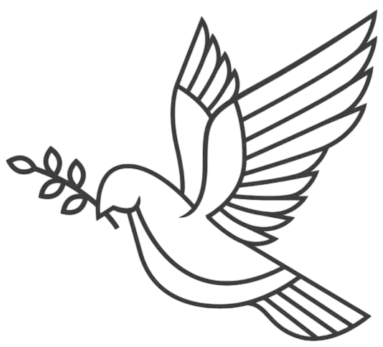
Crossroads of the West Stand Strong
Originally published in the Deseret News.
About 1,400 small-business owners, entrepreneurs, business executives and community leaders will gather at the Grand America Hotel on Friday for the 10th annual Governor’s Economic Summit. It will be a celebration of sorts, as the Utah economy continues to impress. The Beehive State created nearly 45,000 jobs over the past year and is in its sixth year of solid economic growth. The Crossroads of the West stands strong.
A hallmark of the governor’s economic summit is a mindset toward the future. As a speaker at the summit I will present several trends for attendees to contemplate as we plan for a prosperous future. Three of these trends are worthy of a broader discussion.
Rise of Utah County
Utah’s second-largest county is teeming with life. Job growth in Utah County currently outpaces the national average by a magnitude of three. Unlike Salt Lake County, where an estimated 30,000 acres of buildable land supply still exist, Utah County has about 200,000 acres available for Utah’s growing population. A sizable share of this land is in northern Utah County, where the real estate market is white-hot. Here, the nexus of Utah’s two largest economies is creating a boil of economic activity.
The Kem C. Gardner Policy Institute estimates that about 40 percent of Utah’s employment growth since 2010 has come from the 25-mile corridor stretching from Midvale to Pleasant Grove. I call this area the “SO-NO Corridor” because it includes Southern Salt Lake County and Northern Utah County. The relocation of the Utah State Prison will only fuel the fire. We face an economic imperative to develop this area in a way that creates maximum opportunity for our state. We get one chance to do this right.
Declining fertility
Utah’s fertility rate stands at a historic low. While still the highest in the nation, Utah’s total fertility rate has fallen from 4.30 in 1960 to 2.33 today. Many factors have likely contributed to this drop, including female participation in the labor force, educational attainment of women, and, recently, the lingering effects of the Great Recession. The change in the missionary age for members of The Church of Jesus Christ of Latter-day Saints (particularly for women) may also be a factor.
The question to grapple with is this: “Will the fertility rate remain this low and what does it portend for Utah’s future?” Utah’s high fertility rate has given our state economic advantages such as a growing, healthy, tech-savvy and inexpensive labor force. At the same time, an abundance of children has challenged the state to make adequate investment in education. Utah will do well to understand this demographic phenomenon and evaluate how it may affect our future.
Reimagining rural Utah
Rural Utah is as difficult to define as it is to analyze. Once you’ve seen one rural community, you’ve seen one rural community. While there is no broad brush, a good friend taught me the essence of rural Utah is generational roots, relationship with community and connection to the land. To put imagery to it, it’s Melon Days, Scandinavian Days, Heritage Days or Quilt Days, where small towns celebrate their culture and pass it along to the next generation. It’s an ATV ride on a mountain road or desert trail where families come together and experience the majesty of nature. It’s a small-town funeral where the whole town attends to honor even the humblest of people and value their lives.
Rural Utah is at once diverse, wonderful and challenged. Economic opportunity can be absent or fleeting. We need to reimagine rural Utah and create a renewed economic development vision. It should be a statewide priority.
Thayne Robson, a mentor of mine who taught at the University of Utah for over 35 years, said that as sentient beings we have the capacity to create our own future. In a keynote address to the American Institute of Architects 40 years ago he said, “It is our responsibility to worry about how our future will be built; decisions will be made for better or worse … we must bring to bear a knowledge of our needs and our opportunities, and make explicit what our preferences are in building and planning the future.”
My message to the attendees of the 2016 Governor’s Economic Summit will be similar. The Crossroads of the West stands strong and has a bright future … if we make it so.

